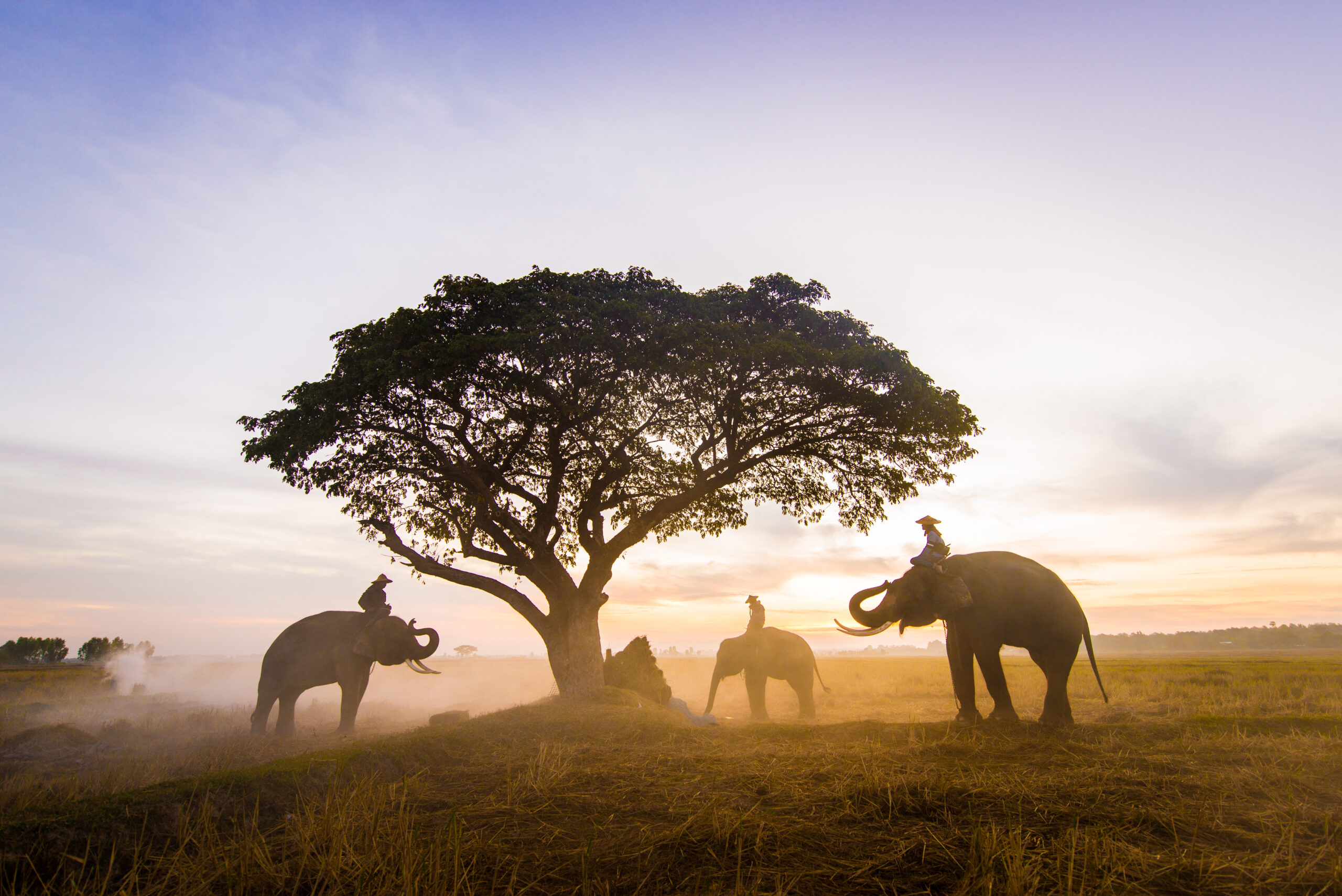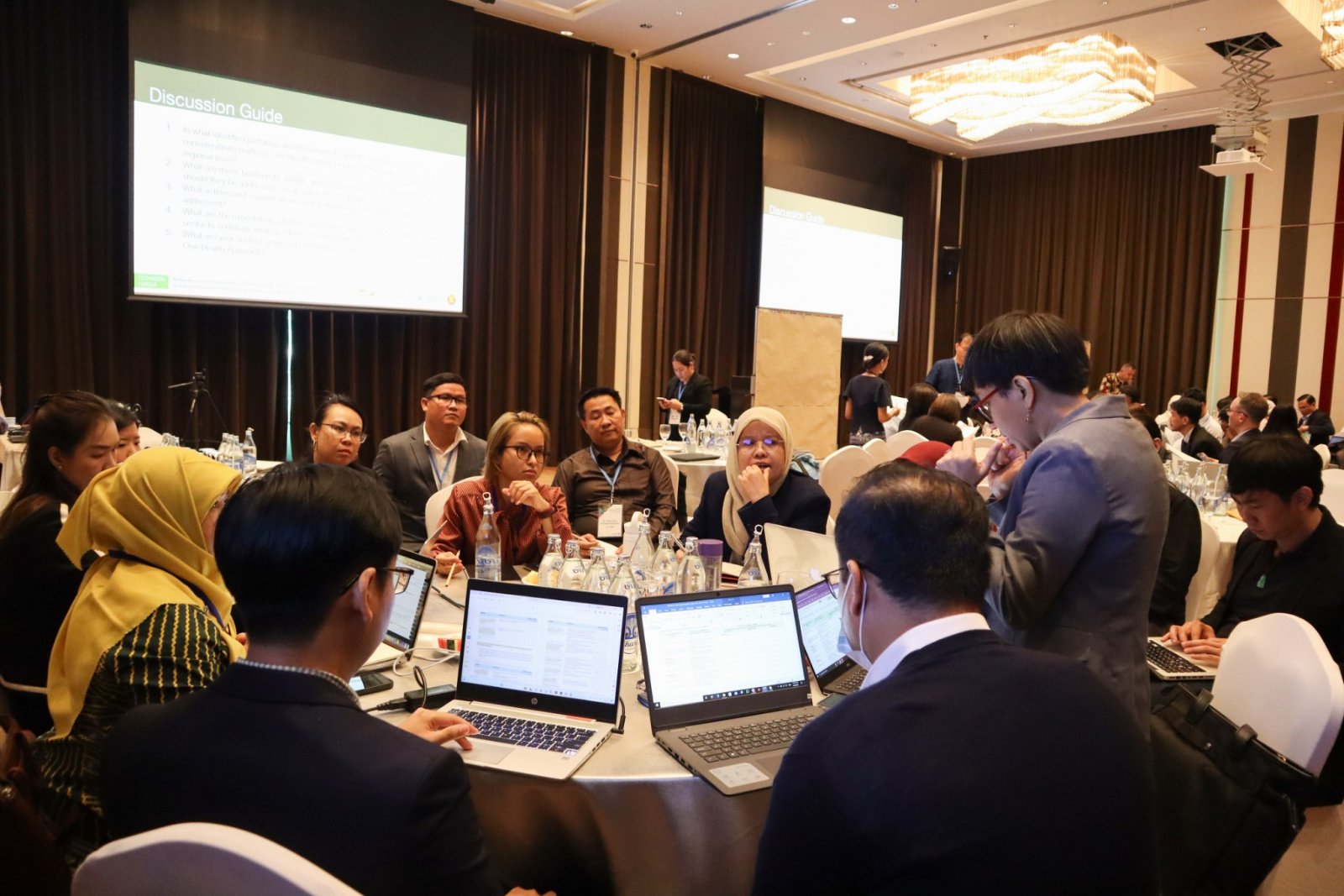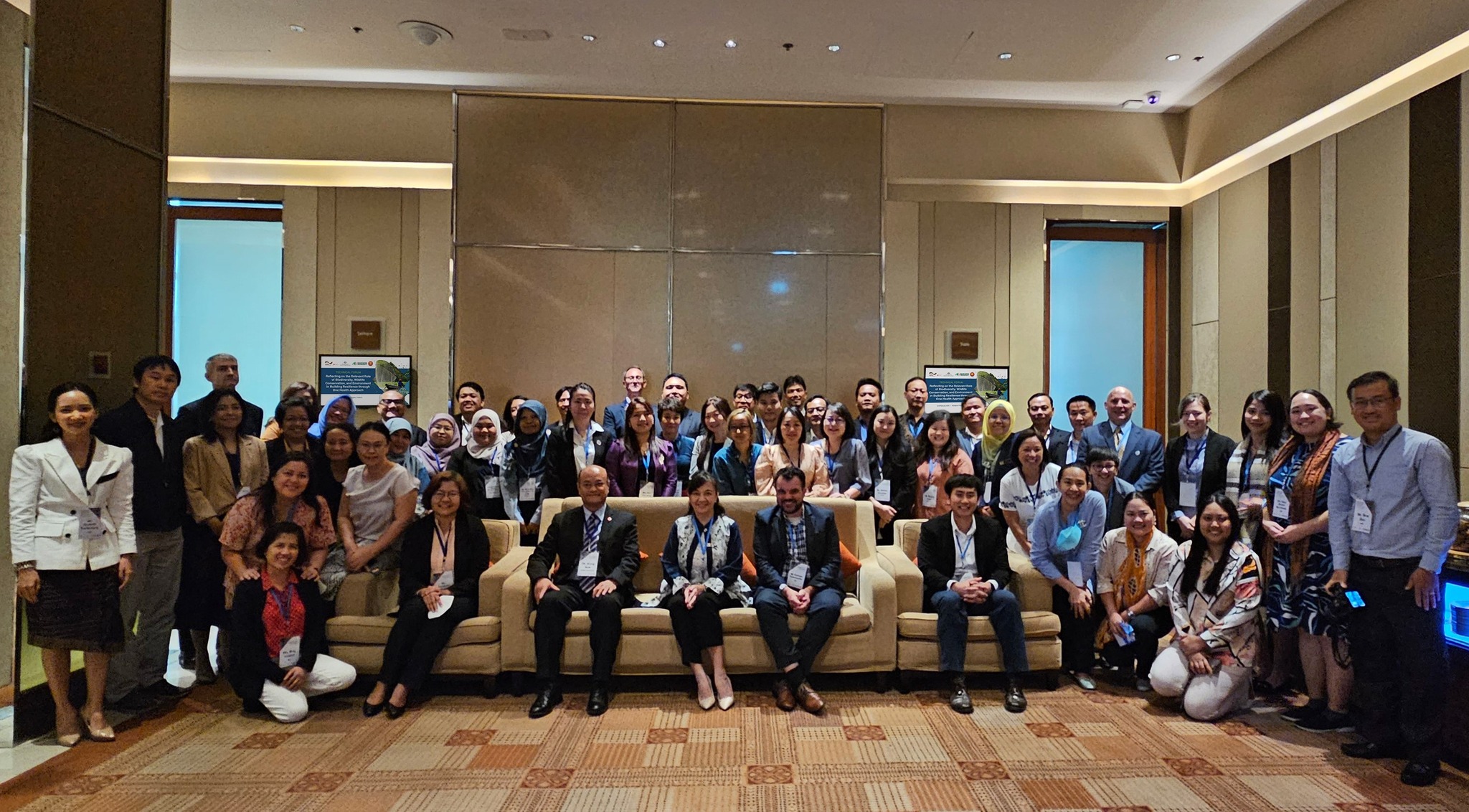A transformative vision for harmonising human, animal and environmental well-being
In recent years, the intricate interplay between the environment, wildlife, and biodiversity emerged as a critical focal point in discussions surrounding disease prevention, detection, and resurgence.
From the depths of dense rainforests to the vast expanses of open savannas, ecosystems teemed with diverse life forms, each playing a pivotal role in shaping the dynamics of infectious diseases.

As humanity delves deeper into previously undisturbed habitats and alters natural landscapes, the delicate balance between humans, wildlife, and their shared environments become increasingly precarious. Yet, amidst this complexity lies a wealth of knowledge and potential solutions.
In February, experts in biodiversity and health from the ASEAN member states (AMS) gathered to discuss these crucial focal points during the technical forum ‘Reflecting on the Relevant Role of Biodiversity, Wildlife Conservation, and Environment in Building through One Health Approach’ in Bangkok, Thailand.
The forum brought together key technical personnel from the AMS and ASEAN sectoral bodies to share perspectives and coordinate actions aimed at advancing One Health implementation across the region.
UNIFIED APPROACH
In 2004, the concept of One Health emerged in response to the emergence of severe acute respiratory disease (SARS) and avian influenza H5N1. This approach seeks to harmonise the health of people, animals, and ecosystems.
By emphasising the interconnectedness between human health and environmental health, One Health addresses various challenges, including zoonotic diseases, vector-borne diseases, and food safety.
The COVID-19 pandemic has underscored the urgency of implementing One Health principles to safeguard global health.
BIODIVERSITY, ENVIRONMENT IN ONE HEALTH DISCUSSIONS
The ASEAN Declaration on One Health Initiative, endorsed during the 42nd ASEAN Summit in 2023, acknowledges the heightened susceptibility of the AMS to epidemics and pandemics originating from the intricate interplay between humans and the environment, exacerbated by the impacts of climate change.

“The Leaders’ Declaration consolidated existing initiatives and mechanisms of One Health collaboration in the region, as well as between countries and among various sectors, ministries/government agencies, academia, the private sector, and other institutions,” shared Head of Environment Division of the ASEAN Secretariat Dr Vong Sok. “The establishment of the ASEAN One Health Network and the development of an ASEAN One Health Joint Plan of Action reinforce multi-sectoral collaboration and coordination of the One Health Initiative, which includes the contribution and collaboration from the environment.”
In emphasising the holistic perspective needed to comprehend the pandemic’s impact, he underscored the importance of examining potential origins, encompassing biodiversity, and culminating in public health outcomes. The complexities surrounding wildlife handling, transportation, and trade underscore the imperative for collaborative action among key stakeholders to address pressing issues and challenges.
Executive Director of the ASEAN Centre for Biodiversity (ACB) Dr Theresa Mundita Lim, for her part, emphasised the significance of cross-sectoral and cross-pillar collaborations in advancing the Leader’s Declaration, including the ASEAN One Health Joint Plan of Action.
“These two significant milestones are already in place and provide clear, high-level guidance on how the region must move forward in building pandemic resilience. We just need to facilitate translating these policies into action on the ground, with an inclusive, well-coordinated, whole-of-society level of participation,” Dr Lim said.
“This technical forum is one of the first steps at the regional level towards this end,” she said.
Dr Lim also elaborated on the necessity of aligning policies regarding public health, livestock and poultry production, and biodiversity, encompassing wildlife protection and trade. Recognising their interconnectedness and relevance to disease control and prevention, such harmonisation is crucial in mitigating the risks associated with future pandemics.
COLLABORATIVE EFFORTS
The AMS exchanged insights on One Health implementation within their respective countries. Additionally, participants deliberated on strategies to integrate biodiversity, wildlife, and environmental considerations into regional One Health initiatives.
The recommendations arising from these dialogues will serve as the foundation for the ACB and other ASEAN centres to explore potential partnerships aligned with the ASEAN One Health Joint Plan of Action.
Following the forum, a Needs Assessment Validation Workshop was promptly organised. The workshop aimed to assess the capacities of the AMS’ environmental sectors in areas such as biodiversity and ecosystems, wildlife, and
One Health.
These consecutive events were facilitated by the ACB with support from GIZ under the Institutional Strengthening of the Biodiversity Sector in ASEAN (ISB II), the Food and Agriculture Organisation (FAO) of the United Nations (UN), and the Australian government Department of Foreign Affairs and Trade. – Rokiah Mahmud




